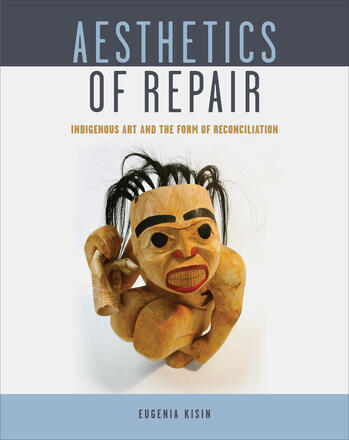
Aesthetics of Repair
Indigenous Art and the Form of Reconciliation
Description
Aesthetics of Repair analyses how the belongings called “art” are mobilized by Indigenous artists and cultural activists in British Columbia, Canada. Drawing on contemporary imaginaries of repair, the book asks how diverse forms of collective reckoning with settler-colonial harm resonate with urgent conversations about aesthetics of care in art. The discussion moves across urban and remote spaces of display for Northwest Coast–style Indigenous art, including galleries and museums, pipeline protests, digital exhibitions, an Indigenous-run art school, and a totem pole repatriation site.
The book focuses on the practices around art and artworks as forms of critical Indigenous philosophy, arguing that art’s efficacies in this moment draw on Indigenous protocols for enacting justice between persons, things, and territories. Featuring examples of belongings that embody these social relations – a bentwood box made to house material memories, a totem pole whose return replenishes fish stocks, and a copper broken on the steps of the federal capital – each chapter shows how art is made to matter. Ultimately, Aesthetics of Repair illuminates the collision of contemporary art with extractive economies and contested practices of “resetting” settler-Indigenous relations.